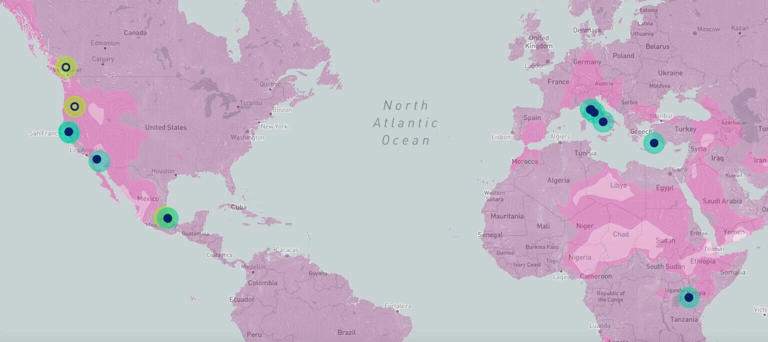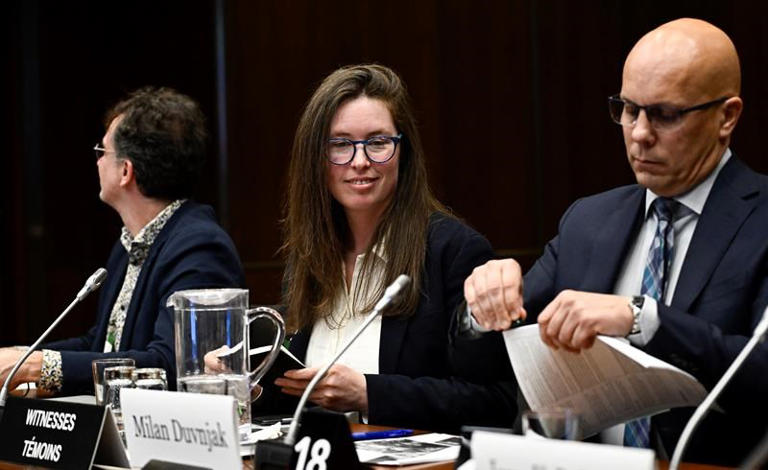Terrorism’s Ugly Face
In August, 2008, Ismail Haniyeh, the elected Prime Minister of the Palestinian Authority in Gaza, welcomed me and other members of the Free Gaza Movement to his home in the relatively small al-Shati refugee camp in northern Gaza, not far from the larger Jabalia camp. We had just arrived on the first boats to enter Gaza by sea in 41 years, breaking the Israeli siege, and all of Gaza was celebrating. The home was very simple, not different from most others in the camp, and the Prime Minister was proud to show it to us.
This was the beginning of my education about Hamas, although I had previously been in touch with Dr. Bassem Naim, who was Minister of Health at the time, to coordinate our arrival. Dr. Naim was not the only MD in the Hamas cabinet. Dr. Mahmoud Zahhar, who was Foreign Minister at the time, also welcomed a small group of us into his house, as well.
My view of Hamas is that they are a national liberation organization, which, like most such organizations, is depicted as terrorists by their oppressors, occupiers and enemies, in this case including Israel, the US and other western allies of Israel. We, who pride ourselves on hearing both sides of an issue, have never sought the Hamas point of view, much less to the same degree as the Israeli side.
I really don’t like the term terrorist any more than I do savage or barbarian, which have been used historically for much the same purpose. It is a pejorative term, almost a racist one, that paints in black and white. Every government and every resistance organization uses weapons, which means that they use fear and intimidation to a greater or lesser degree. Isn’t that the definition of terrorism? And isn’t it the purpose of armed forces?
Hamas, of course, is blamed for extensive use of terrorism on October 7, 2023. But if you look at the facts and the analyses, especially as reported by the Grayzone, the Intercept and the Electronic Intifada, the exact opposite picture emerges. Not a single rape is verified, and not a single instance of deliberate killing of unarmed civilians, although some were obviously “collateral damage” killed in the process of engaging armed combatants. Others may have been armed civilians or combatants out of uniform, part of a deliberate Israeli policy of creating armed settlements throughout territory that it claims. Many if not most of the civilians appear to have died as a result of the Israeli “Hannibal Directive” to kill everything in sight, while most of those killed by Hamas were soldiers. Furthermore, those who encountered or were taken captive by the Palestinian fighters often said that they were treated with respect and dignity. This is because the resistance forces are highly disciplined and devout Muslims who respect the teachings of Islam with respect to the rules of war, which are roughly the same as those of the Geneva Conventions, if not more stringent.
I am not prepared to say that Hamas has never committed an act that could be called terrorism. The suicide bombings of the Second Intifada come to mind. But they have also used nonviolent resistance on a massive scale, in the Great March of Return, during which more than 9,000 unarmed Palestinian civilians were shot by Israeli soldiers, and 223 killed. Sadly, the world looked the other way.
On the other hand, the following act, the video of which was posted to the Telegram channel of CCHS Resistance News on March 19, 2024 would meet most definitions of terrorism (caution: hard to watch): Jabalia girls school massacre
Israel, true to form, is reportedly doing everything possible to have this video removed from social media. But let’s face it: it’s not that exceptional. We’ve seen many such massacres since October 8, 2023, though not always at a girl’s school housing starving refugees in the Jabalia refugee camp, similar to the one I visited in 2008. It’s what we’ve come to expect as part of the Gaza genocide, despite our efforts to end it.
Is Israel a terrorist state? Apparently, they would be proud to say so. Even before its establishment, the Jabotinsky “Iron Wall” doctrine espoused expulsion and lethal force to clear the land of Palestinians and maintain a Jewish supremacist state. Israel has always explicitly relied upon fear and intimidation to achieve that objective. What Israel is doing in Gaza is not fundamentally different from what it did in 1948 except that its weapons today are vastly more destructive.
In 2006, I visited the Beirut suburb of Dahiyeh the day after Israel had bombed it into obliteration. It was nothing more than a pile of rubble, still smoking in some places. Israel gave the name of that suburb to the doctrine that has dominated Zionist policy for the past century even if the name is recent. The Dahiyeh Doctrine became synonymous with the use of disproportionate force and the destruction of civilian infrastructure to achieve military ends. Is it terrorism? It’s certainly an explicit policy to commit war crimes. Is Israel committing terrorism in Gaza? You be the judge. Most of us agree that it is genocide. If there’s a distinction, who cares?
Paul Larudee is a retired academic and current administrator of a nonprofit human rights and humanitarian aid organization. Read other articles by Paul.






